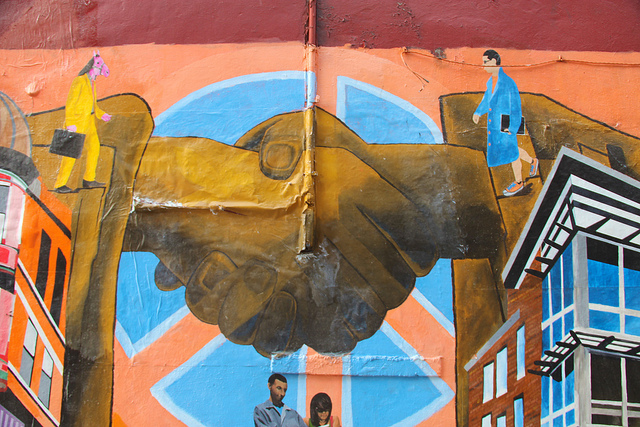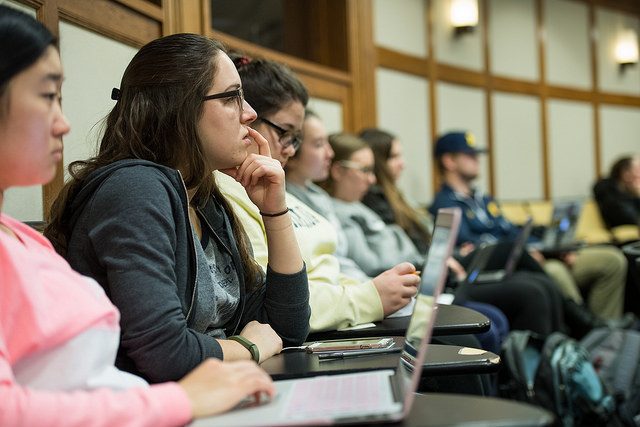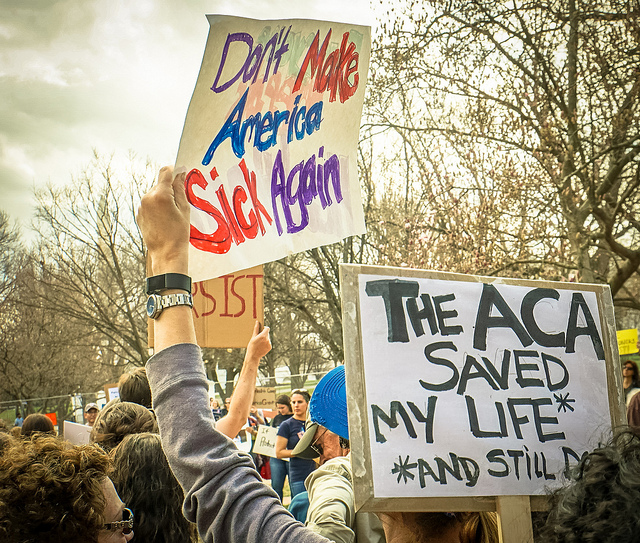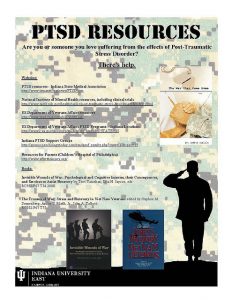
I’m sure few people were surprised by The Washington Post‘s recent headline, “Women Rate the Strongest Men as the Most Attractive, Study Finds.” However, not everyone agrees on how to interpret these findings. While the authors of the study believe participants rated strong men as most attractive for evolutionary reasons, sociologist Lisa Wade argues we should look to culture for the answer.
“We value tall, lean men with strong upper bodies in American society,” she said. “We’re too quick to assume that it requires an evolutionary explanation…We know what kind of bodies are valorized and idealized. It tends to be the bodies that are the most difficult to obtain.”
Wade was not the only academic to express skepticism of the study’s causal claims. Holly Dunsworth, an anthropologist, argued that the methodology of the study was unable to support the author’s evolutionary explanation. “They made no link between any of those responses of those women to any sort of ancient, deep-seated evolutionary traits,” she said. Wade agreed, noting that much of this type of research has similar methodological problems.









